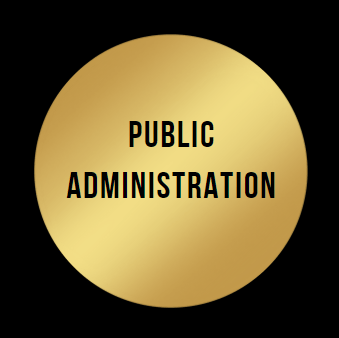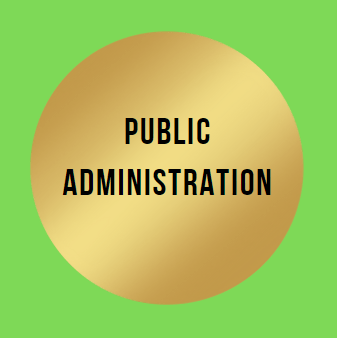
SYLLABUS OF PAPER [Ist]
Administration Theory
- Introduction :
Government strives to have a workforce which reflects gender balance and women candidates are encouraged to apply.
Meaning, scope and significance of Public Administration, Wilson’s vision of Public
Administration, Evolution of the discipline and its present status. New Public Administration,
Public Choice approach; Challenges of liberalization, Privatisation, Globalisation; Good Governance:
concept and application; New Public Management. - Administrative Thought :
Scientific Management and Scientific Management movement; Classical Theory; Weber’s
bureaucratic model its critique and post-Weberian Developments; Dynamic Administration (Mary
Parker Follett); Human Relations School (Elton Mayo and others); Functions of the Executive (C.I.
Barnard); Simon’s decision-making theory; Participative Management (R. Likert, C. Argyris, D.
McGregor.) - Administrative Behaviour :
Process and techniques of decision-making; Communication; Morale; Motivation Theories
content, process and contemporary; Theories of Leadership: Traditional and Modem: - Organisations :
Theories systems, contingency; Structure and forms: Ministries and Departments,
Corporations, Companies; Boards and Commissions; Ad hoc, and advisory bodies; Headquarters
and Field relationships; Regulatory Authorities; Public-Private Partnerships. - Accountability and Control :
Concepts of accountability and control; Legislative, Executive and judicial control over
administration; Citizen and Administration; Role of media, interest groups, voluntary
organizations; Civil society; Citizen’s Charters; Right to Information; Social audit. - Administrative Law :
Meaning, scope and significance; Dicey on Administrative law; Delegated legislation;
Administrative Tribunals. - Comparative Public Administration :
Historical and sociological factors affecting administrative systems; Administration and
politics in different countries; Current status of Comparative Public Administration; Ecology and
administration; Riggsian models and their
critique. - Development Dynamics :
Concept of development; Changing profile of development administration; ‘Anti-development
thesis’; Bureaucracy and development; Strong state versus the market debate; Impact of
liberalisation on administration in developing countries; Women and development the self-help
group movement. - Personnel Administration :
Importance of human resource development; Recruitment, training, career advancement,
position classification, discipline, performance appraisal, promotion, pray and service conditions;
employer-employee relations, grievance redressal mechanism; Code of conduct; Administrative
ethics.
Government strives to have a workforce which reflects gender balance and women candidates are encouraged to apply. - Public Policy :
Models of policy-making and their critique; Processes of conceptualisation, planning,
implementation, monitoring, evaluation and review and their limitations; State theories and public
policy formulation. - Techniques of Adminstrative Improvement :
Organisation and methods, Work study and work management; e-governance and
information technology; Management aid tools like network analysis, MIS, PERT, CPM. - Financial Administration :
Monetary and fiscal policies: Public borrowings and public debt Budgets types and forms;
Budgetary process; Financial accountability; Accounts and audit.

PUBLIC ADMINISTRATION PAPER [Ist] PYQs

